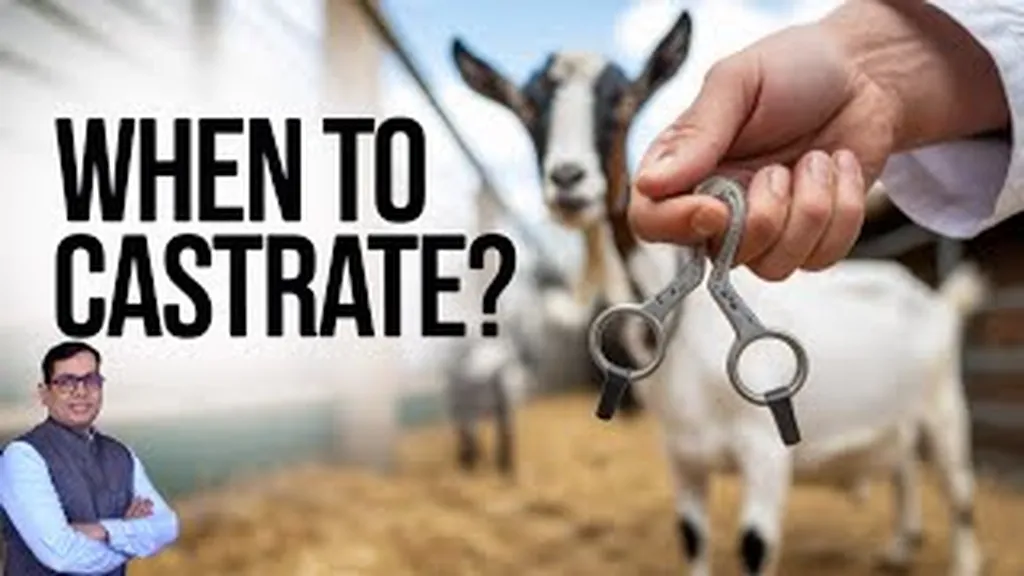In the rolling hills of Yayladağı, a district nestled in Hatay province, Türkiye, a groundbreaking study is reshaping our understanding of goat farming. Sabri Gül, a dedicated researcher from Hatay Mustafa Kemal University’s Department of Animal Science, has been delving into the intricate world of caprine castration, and his findings could revolutionize the industry.
Gül’s study, published in the Spanish Journal of Agricultural Research (or Revista Española de Investigación Agraria in its original Spanish), focuses on the effects of castration at different ages on the growth and carcass characteristics of Kilis goats. This isn’t just about improving meat quality; it’s about enhancing efficiency, managing herd dynamics, and meeting market demands in goat farming.
The experiment involved 48 male Kilis goats, randomly divided into four groups. One group remained intact, serving as the control, while the others were castrated at 4, 6, and 8 months of age using burdizzo forceps. All goats were exposed to the same management and feeding conditions, ensuring a level playing field for the study.
The results were illuminating. Castration at 4 months led to increased muscle tissue weight and fat deposition. But it was the 6-month castration group that truly stood out. “We observed an increase in intramuscular fat and tenderness of the meat, and a decrease in redness and cooking loss,” Gül explained. This suggests that castration at 6 months could significantly enhance meat quality, a crucial factor for marketability.
But the benefits didn’t stop at meat quality. Despite the increase in adiposity with early castration, the oleic acid content and the ratio of unsaturated fatty acids to saturated fatty acids (UFA:SFA) tended to increase as the castration age decreased. This is a significant finding, as it indicates that earlier castration could lead to healthier meat options for consumers.
So, what does this mean for the future of goat farming? Gül’s research highlights the importance of strategic castration. It’s not just about managing herd dynamics; it’s about optimizing growth performance and meat quality. This could lead to more efficient farming practices, improved meat products, and ultimately, a more sustainable and profitable industry.
As Gül puts it, “The most appropriate castration age is at 6-months in terms of growth performance and at 4- and/or 6-months in terms of meat quality.” These findings could shape future developments in the field, guiding farmers and industry professionals towards more informed and strategic decision-making.
In the ever-evolving world of agriculture, research like Gül’s is a beacon of progress. It’s a testament to the power of science in driving innovation and shaping the future of farming. And as we look ahead, one thing is clear: the future of goat farming is bright, and it’s being shaped by dedicated researchers like Sabri Gül.

